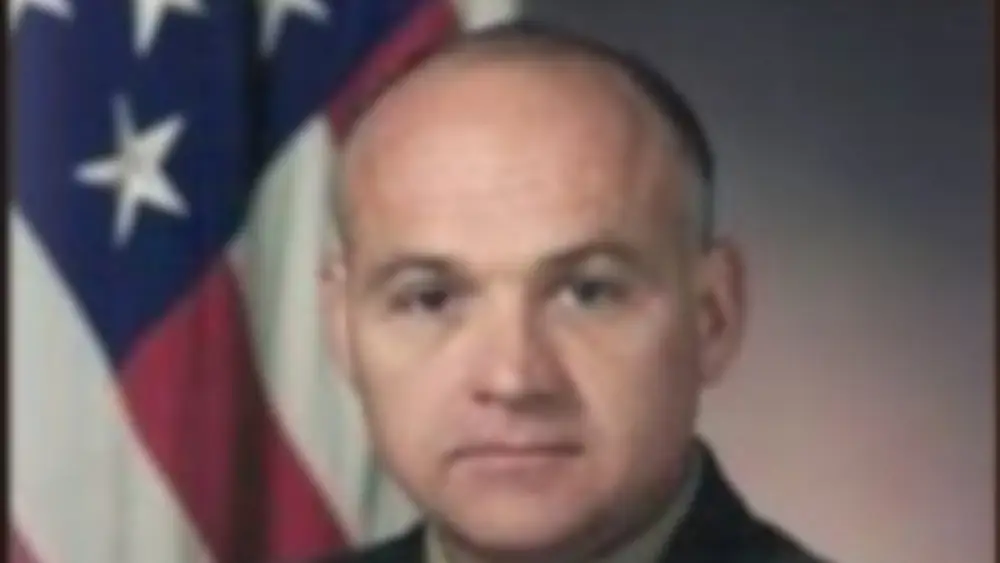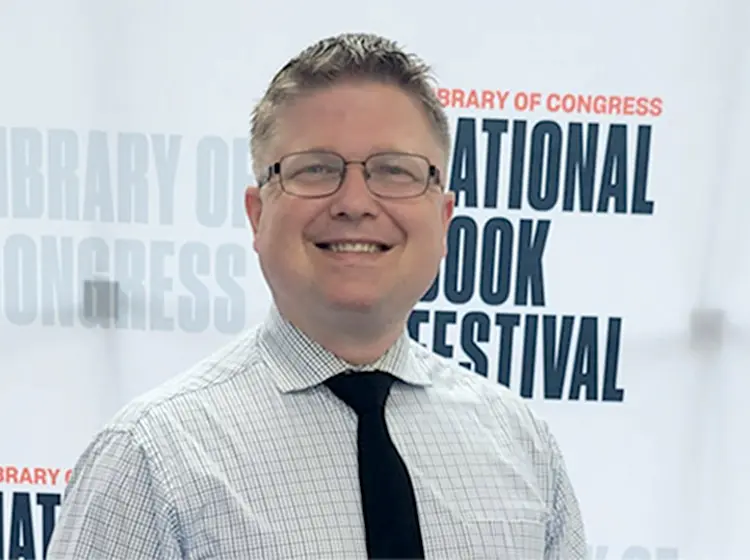Colonel William “Rich” Higgins, a Marine hero captured and held hostage in Lebanon, represents the ultimate sacrifice made by members of the U.S. Marine Corps. Throughout its storied history, the Marine Corps has seen countless individuals lay down their lives or endure tremendous hardships in defense of freedom, democracy, and the American way of life. Through both individual acts of heroism and collective endeavors, Marines have consistently demonstrated unwavering dedication, honor, and courage. These sacrifices are not forgotten. Across the nation, memorials stand in tribute to those who served, ensuring their legacies endure and their stories continue to inspire.
This article not only tells the story of Colonel Higgins but also explores powerful memorials dedicated to different Marine divisions and honors such as the Purple Heart. These tributes serve as living testaments to the courage, resilience, and patriotism of those who wore the Marine Corps uniform. They offer a solemn space for remembrance and reflection, connecting the past with the present and guiding future generations to understand the cost of freedom.
Colonel William “Rich” Higgins: A Marine’s Ultimate Sacrifice
Colonel William “Rich” Higgins was a highly respected officer in the U.S. Marine Corps. Colonel William “Rich” Higgins was born in Danville, Kentucky, in 1945. He later graduated from Miami University in Ohio. In 1967, he received his commission as a second lieutenant in the United States Marine Corps. His military career spanned over two decades, including service in the Vietnam War, key leadership roles, and assignments with international coalitions.
In 1988, while serving as the Chief of the United Nations Truce Supervision Organization (UNTSO) in Lebanon, Colonel Higgins was abducted by pro-Iranian Hezbollah militants. He had been working as part of an international peacekeeping force to stabilize the region during a time of intense conflict and civil unrest.
His captors held him hostage in Lebanon for nearly two years under harsh and inhumane conditions. Despite extensive diplomatic efforts and international condemnation, they executed him in 1990. The news of his death shocked the world and deeply affected the military community. Colonel Higgins’ tragic fate brought greater attention to the risks faced by service members involved in international peacekeeping and counterterrorism missions.
After his death, officials posthumously promoted Higgins to the rank of Brigadier General and awarded him the Purple Heart to recognize the bravery he showed even while in captivity. His sacrifice underscored the extreme dangers faced by those serving abroad and the profound commitment required of military personnel. Today, Colonel Higgins is remembered not only as a Marine but as a symbol of unwavering courage and selfless service in the face of grave danger.
The Fourth Marine Division Memorial: Honoring the “Fighting Fourth”
The U.S. Marine Corps formed the Fourth Marine Division—known as the “Fighting Fourth”—during World War II and quickly turned it into a formidable force in the Pacific Theater. In 1943, the Corps assembled young Marines who soon fought in some of the bloodiest battles in its history.
The division was instrumental in major amphibious assaults, including the battles of Kwajalein, Saipan, Tinian, and Iwo Jima. In these intense conflicts, the Marines of the Fourth Division showcased unmatched bravery and tactical expertise, often overcoming entrenched enemy positions under relentless fire. The price was steep—thousands of Marines were killed or wounded—but their victories helped bring the war in the Pacific closer to an end.
The Fourth Marine Division Memorial honors the Marines who fought and died in these historic battles. Located at various sites across the country, including the National Museum of the Marine Corps, the memorials ensure that the “Fighting Fourth’s” legacy endures. They serve as a place of education for younger generations and offer veterans and their families a solemn space to remember those who made the ultimate sacrifice.
The Commonwealth of Virginia Veterans Memorial: A Tribute to All Who Served
In the heart of Richmond, Virginia, stands the Commonwealth of Virginia Veterans Memorial—a powerful tribute to men and women from all branches of the U.S. Armed Forces. While it honors all veterans, it holds particular significance for Virginians who have served in the Marine Corps.
Virginia has a deep military heritage, home to major bases like Quantico Marine Corps Base and a long history of patriotic service. The memorial honors those who fought from the Revolutionary War to modern-day conflicts in Iraq and Afghanistan. It features inscriptions and educational exhibits that remind visitors of the enduring values of duty, honor, and sacrifice.
Through commemorative events, ceremonies, and educational outreach, the memorial helps to bridge the gap between civilian life and military service. It fosters appreciation, understanding, and remembrance, keeping the stories of America’s warriors alive for future generations.
The First Marine Division Memorial: Honoring the “Old Breed”
The First Marine Division, known as the “Old Breed,” is the oldest, largest, and most decorated division in the U.S. Marine Corps. Since its activation in 1941, the division has taken part in nearly every major conflict involving American forces.
The First Marine Division has fought in some of the most intense battles in American history. They saw fierce combat in the jungles of Guadalcanal and on the bloody battlefields of Peleliu and Okinawa during World War II. During the Korean War, they endured the frozen hellscape of the Chosin Reservoir. In Vietnam, Iraq, and Afghanistan, they continued to serve with distinction, showing the enduring fighting spirit of the Marine Corps.
The First Marine Division Memorial stands at Camp Pendleton, California. It honors the Marines who served with valor under the division’s banner. The site features plaques, unit symbols, and a central monument. Each element pays homage to the division’s legacy of honor, courage, and commitment. Veterans, active-duty Marines, and their families visit the memorial to reflect on the sacrifices made by the “Old Breed.”
The Sixth Marine Division Memorial: A Tribute to the “Striking Sixth”
The Sixth Marine Division, known as the “Striking Sixth,” was a powerful force in World War II. Established in 1944, it played a crucial role in the Pacific campaign. The division was instrumental in securing victory during the brutal Battle of Okinawa. For its actions in Okinawa, the 6th Marine Division received the prestigious Presidential Unit Citation.
The division’s performance during the Okinawa campaign was extraordinary. Facing entrenched Japanese defenses and brutal conditions, the “Striking Sixth” pushed forward with courage and determination. For its role in the campaign, the division was awarded the Presidential Unit Citation, a testament to its effectiveness and valor.
On April 14, 2000, officials unveiled the Sixth Marine Division Memorial at the National Memorial Cemetery of the Pacific in Honolulu, Hawaii. Its design, modeled after a traditional Okinawan tomb, symbolizes both the cultural significance of the region and the solemn nature of war. The memorial honors the 2,662 Marines and sailors from the division who gave their lives in action and invites all who visit to reflect on their sacrifice.
The Order of the Purple Heart Memorial: A Tribute to the Wounded and Fallen
The Purple Heart is one of the most revered military decorations. The military bestows it on service members who suffer wounds or lose their lives in combat. These individuals demonstrate immense courage and sacrifice. The Order of the Purple Heart Memorial actively honors those who carry the physical and emotional scars of battle.
Furthermore, the memorial was dedicated on Memorial Day, May 25, 2009, by Veterans of Foreign Wars (VFW) Post 1503. It stands as a poignant tribute to the personal cost of war. The design includes engraved names, inspirational quotes, and meaningful imagery. These elements remind visitors of the courage it takes not only to fight, but also to endure the visible and invisible wounds of war.
The Purple Heart Memorial shows that those who fight for freedom often pay the price not only with their lives but also through lasting scars and sacrifices. It serves as a powerful reminder of the physical and emotional toll of war. The memorial honors the resilience of wounded warriors who carry these burdens. It also acknowledges their continued fight beyond the battlefield—in recovery, rehabilitation, and reintegration into civilian life.
Conclusion: A Legacy of Honor and Remembrance
As we walk past these monuments, we remember that courageous individuals secured the freedoms we enjoy today through their valor, dedication, and sacrifice. We must tell their stories, preserve their legacies, and honor their service with the utmost respect and gratitude.
The tales of Colonel William “Rich” Higgins, the valiant divisions of the U.S. Marine Corps, and the sacrifices recognized through the Purple Heart embody the spirit of American service and sacrifice. These memorials are not just stone and metal; they are sacred spaces that connect us to history, courage, and national pride.
We honor the Marine Corps and those who served by visiting, supporting, and learning from these memorials. Their spirit continues to inspire future generations through these acts of remembrance. Let us carry their legacy forward with pride and purpose. Not just in words—but in meaningful actions that reflect their commitment to freedom and country.










